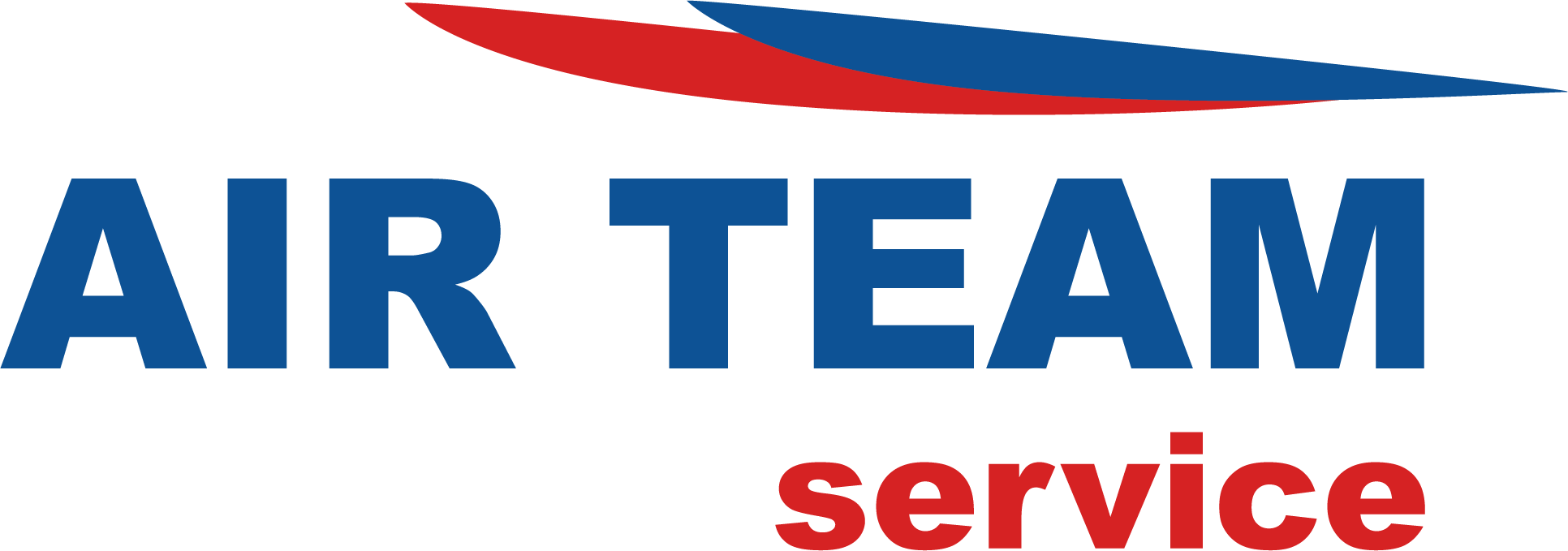Garmin GTN Xi Series - Upgrade Promotion
Maximize Your Avionics
Welcome to the Garmin GNS™ and GTN™ Upgrade Program, an exclusive opportunity designed for aircraft owners looking to elevate their avionics systems. With the aviation landscape constantly evolving, staying updated with the latest technology is not just about keeping up — it’s about leading the pack. This program offers you a seamless upgrade path from your existing GNS navigators to the state-of-the-art GTN Xi series, ensuring your avionics meet modern demands for safety, efficiency, and performance. Whether you’re looking to enhance flight safety or improve operational efficiency, Garmin’s upgrade program is tailored to help you achieve maximum flying potential with minimal hassle.
The Garmin GNS™ and GTN™ Upgrade Program is specifically tailored to streamline the enhancement of your avionics. This initiative enables you to replace older GNS and GTN series navigators with cutting-edge technology, such as the GTN Xi series and other sophisticated Garmin products. The main goal of this program is to facilitate an easy transition to newer, more advanced models that offer increased performance, extensive capabilities, and compliance with the latest aviation standards. This upgrade not only refines the functionality of your avionics but also significantly boosts your aircraft’s value and capability, ensuring you are equipped for the demands of modern aviation.
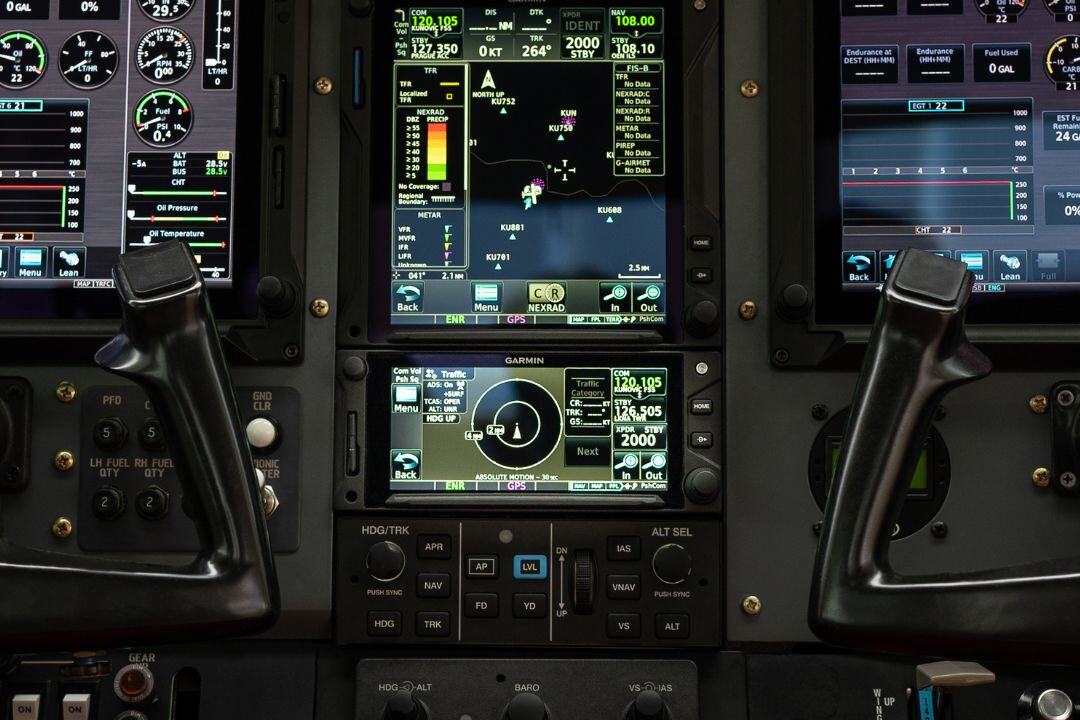
Why Upgrade?
Installation for 1€
Take advantage of our special promotion where you can get the installation of your new GTN Xi system for just 1€. This limited-time offer is designed to make upgrading easier and more affordable than ever. Ensure a smooth and professional installation with our expert team, reducing your downtime and getting you back in the air quickly. This promotion not only saves you significant costs but also guarantees top-notch service quality. Our technicians are highly trained and experienced in handling advanced avionics installations, ensuring your upgrade is done right the first time.
GDL 60 and FlightStream 510
Consider adding the GDL 60 and FlightStream 510 as an optional upgrade. GDL 60 supports Garmin PlaneSync technology and works seamlessly with GTN™ Xi navigators and select flight decks. FlightStream 510 is a wireless connectivity solution that integrates avionics with mobile devices, enhancing your navigation and communication capabilities.
| List Price | Our Price | Promotion | |
|---|---|---|---|
| GTN 650 to GTN 650Xi | 10 596 € | 3 582 € | Installation for 1 €* |
| GTN 750 to GTN 750Xi | 16 071 € | 7 450 € | Installation for 1 €* |
| GNS 430 to GTN 650Xi | 12 135 € | 11 359 € | Installation for 1 €* |
| GNS 530 to GTN 750Xi | 17 473 € | 16 819€ | Installation for 1 €* |
| GNS 430W to GTN 650Xi | 11 793 € | 10 171 € | Installation for 1 €* |
| GNS 530W to GTN 750Xi | 17 431 € | 15 630 € | Installation for 1 €* |
| FlightStream 510 | 1 718 € | 1 482 € | Installation for 1 €* |
*All prices are exclusive of VAT. The pricing is applicable to most General Aviation (GA) aircraft; however, certain makes and models, such as Mooney and Cirrus, may necessitate additional labor due to the complexity of the task. The WAAS GPS antenna is not included in the listed price except for GNS 430 and GNS 530 models, where antenna is included. The Garmin GNS and GTN units for trade-in must be in good, working condition. Advertised pricing is for black faceplate units only. Core charge 2000 EUR will apply until trade-in is confirmed on bench to meet manufacturer's specifications.
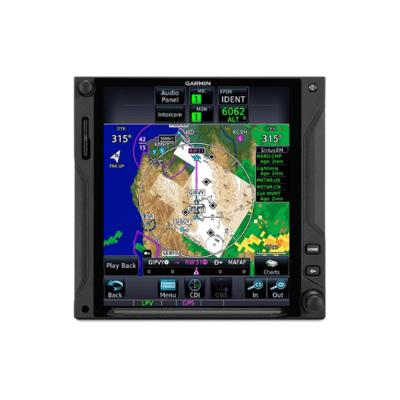
GTN 750 Xi
The Garmin GTN 750Xi is a next-generation touchscreen navigator that combines GPS, communication, and multifunction display capabilities. It offers a high-resolution, faster processing display...
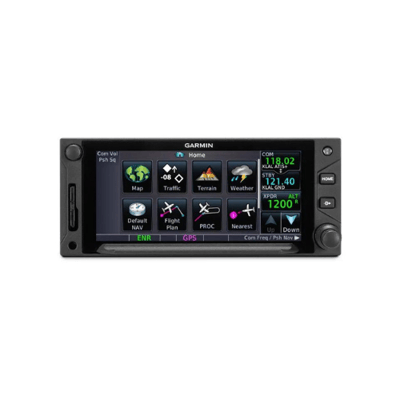
GTN 650 Xi
The Garmin GTN 650Xi is a compact, all-in-one touchscreen navigator designed to enhance cockpit efficiency with advanced navigation, communication, and multifunction display capabilities.
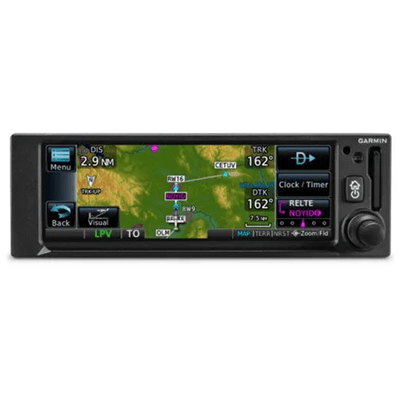
GPS 175
The GPS 175 navigator is a slim, all-in-one touchscreen solution designed for both Part 23 Class I/II aircraft and experimental/amateur-built crafts. With its WAAS GPS navigation capabilities, ...
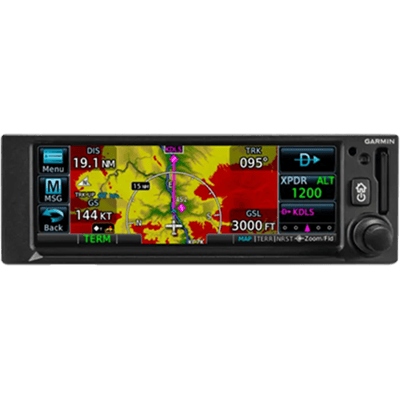
GNX 375
The all-in-one GNX 375 navigator offers advanced navigation functions and ADS-B compliance for both Part 23 Class I/II and experimental/amateur-built aircraft. Its bright touchscreen integrates...
Check our upgrade gallery and customer reviews
